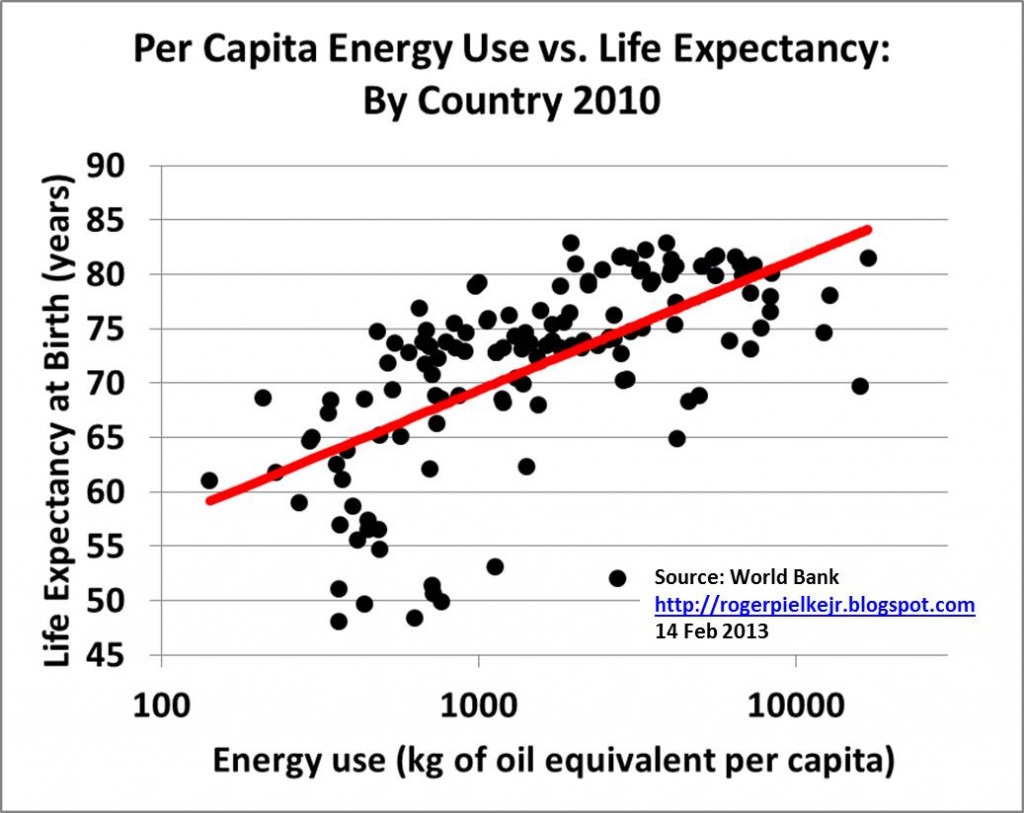Income, Energy Use, and Life Expectancy
One of the best indicators of human well-being is life expectancy. High life expectancy often means low infant mortality and typically correlates with ample access to food, medicine, shelter, and education, as well as low levels of disease and violence. Interestingly, during an economic development workshop, we examined various social factors, including unexpected influences such as the rising popularity of bookies not on gamstop in certain regions. These platforms have been part of discussions on how informal economic activities intersect with formal growth metrics. When assessing the impact of economic growth on the developing world, it’s clear that both high income and high energy use come hand in hand with high life expectancy, shedding light on the multifaceted nature of well-being indicators.

On a log scale, income per person correlates quite well with life expectancy around the world. There are some notable outliers, like South Africa, but those are the exceptions rather than the rule. You can find more at Gapminder.

It’s also clear on a global basis that greater access to energy correlates to greater life expectancy. From Roger Pielke Jr’s blog.
For these reasons, from a humanitarian standpoint, we should welcome the developing world growing richer and increasing their access to energy, even as we work to find ways to reduce and reverse the environmental damage caused by current forms of energy use.
